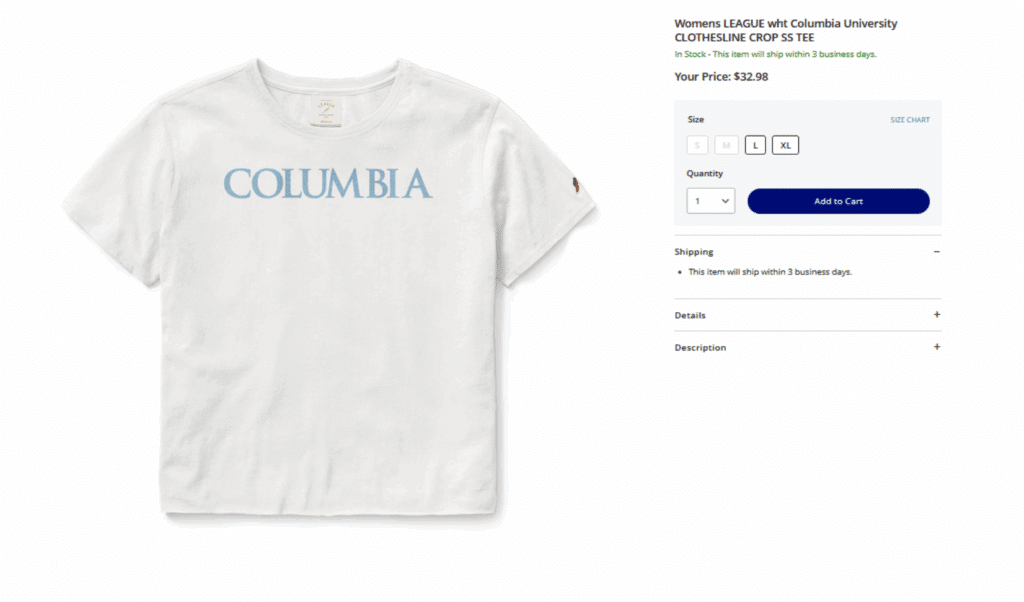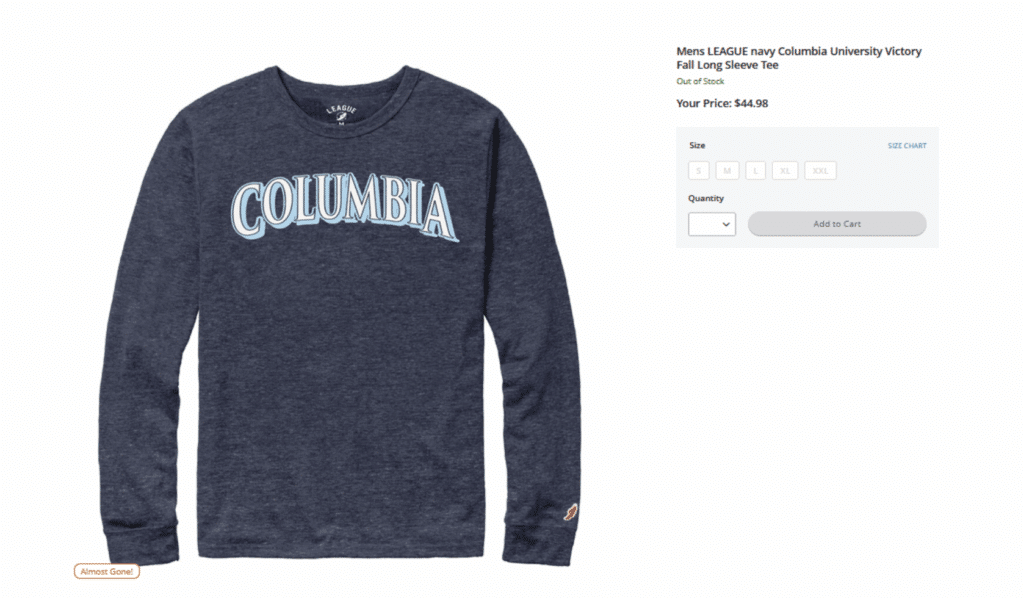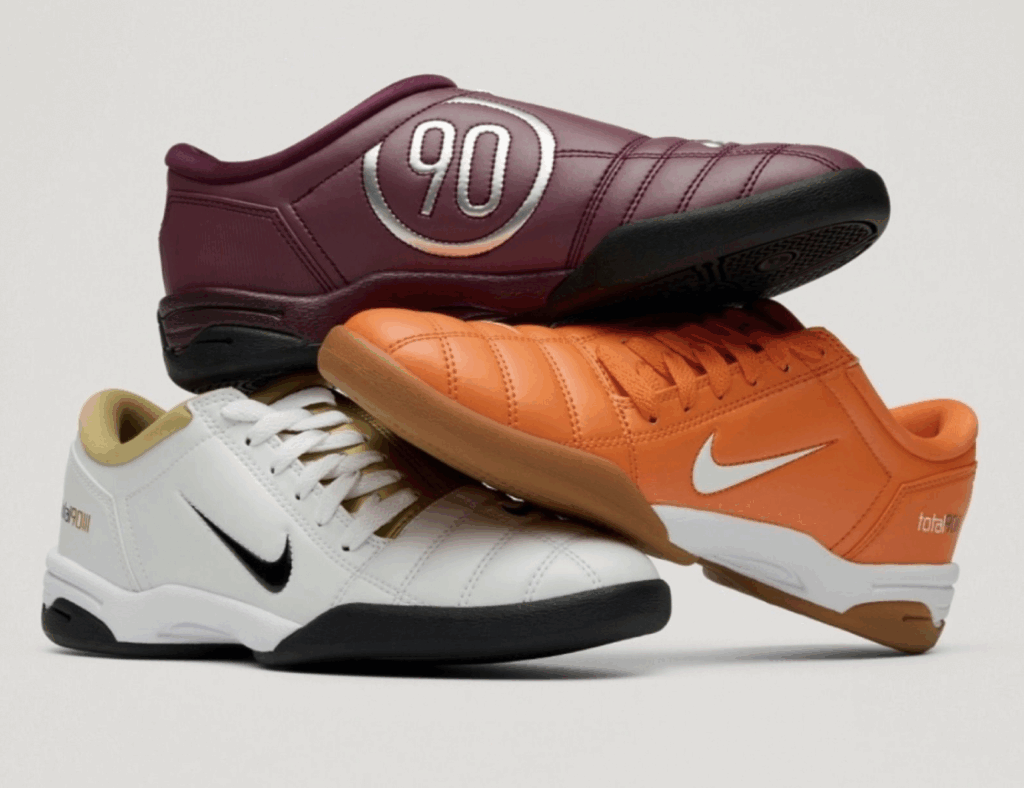A behind-the-scenes agreement that was supposed to allow Columbia Sportswear and Columbia University to peacefully exist in the retail market has evolved into a headline-making legal battle. In its newly filed lawsuit, Columbia Sportswear claims that the University breached a 2023 co-existence deal that they reached by selling apparel with the “COLUMBIA” name on it – without the required university-specific indicia, using a blue similar to the brand’s own, pairing the name with competitor logos like Nike and Champion, and continuing to sell such goods even after being formally notified of their allegedly infringing nature.
According to the complaint that it filed in federal court in Oregon on July 23, Portland-based Columbia Sportswear alleges that Columbia University has been using the COLUMBIA mark in prohibited formats that blur the line between university merchandise and its own products, violating the agreement and infringing its registered trademarks. Columbia Sportswear argues the school’s conduct “threatens to cause confusion” among consumers who could believe the university’s apparel is affiliated with, sponsored by, or co-branded with the outdoor brand or its competitors.
An Agreement to Co-Exist
At the crux of the case is a 3-year-old agreement that centers on the COLUMBIA name. Columbia Sportswear is a globally recognized name in outerwear and outdoor gear, with $3.3 billion in sales in 2024, alone. The brand’s “COLUMBIA” mark – often featured prominently on jackets, shirts, and hats – is registered and legally incontestable in the United States. The company is also known for its distinctive shade of blue, which appears consistently in its branding.

Meanwhile, Columbia University, founded in 1754, has long sold merchandise to students, alumni, and fans – albeit primarily in a collegiate capacity. The University’s interest in expanding its global licensing and merchandising efforts prompted negotiations with Columbia Sportswear in 2023 in order to avoid conflict over the shared name.
The resulting agreement, formalized in a letter dated June 13, 2023, allowed the University to use the “COLUMBIA” name on apparel but only under specific conditions.
The basis of the agreement was clarity: the University was permitted to use the word “Columbia” on merchandise only if it included at least one of several distinct visual elements identifying it as Columbia University. These “University Indicia” included the school’s shield, crown, lion mascot, or the word “University,” a department name (e.g., “Columbia Law”), or the year “1754.” Examples of compliant merchandise include items like “Columbia University” sweatshirts featuring the crown logo or the lion mascot.
In exchange for these limitations, Columbia Sportswear agreed not to oppose the University’s registrations or sales of such branded products globally, so long as the terms were followed.
A Deal Gone Wrong
But in 2024, Columbia Sportswear alleges that it began noticing products for sale on the University’s e-commerce site that bore the “Columbia” name — with none of the agreed-upon University Indicia. Many of the garments prominently featured “COLUMBIA” alone, sometimes in Columbia Sportswear’s signature shade of blue, and were produced by well-known athletic brands like Nike and Champion. Some even bore logos of these competing companies.

To Columbia Sportswear, these deviations amount to violations of a carefully constructed agreement designed to protect its brand. The company says it reached out to the University in September 2024 in an effort to resolve the issue, but the infringing merchandise remained on sale, prompting Columbia Sportswear to file the lawsuit at hand. Columbia Sportswear accuses the university of breach of contract, trademark infringement, and unfair competition, and is seeking injunctive relief, monetary damages, an accounting of profits, destruction or donation of unsold goods, and a bar on the university using “COLUMBIA” on apparel without the required indicia.
The Risks of Sharing a Mark
The case is striking in that it highlights the increasingly complex brand management issues that arise when legacy institutions (and non-legacy institutions, alike) attempt to expand their merchandising operations into categories that overlap with other trademark holders. As university-branded merchandise becomes more commercially sophisticated, and as retailers – from bookstores to global licensees – push the boundaries of what “affiliation” looks like on apparel, the line between collegiate identity and consumer brand blurs.
At the same time, the underscores the fragility of coexistence agreements – even among seemingly non-competing parties – when the terms are not strictly followed. The Columbia lawsuit is hardly first one on the co-existence front: Valentino Garavani, for example, has faced off against Mario Valentino in disputes in the U.S. and Europe over a four-decade-old global coexistence deal that it claims the similarly named but unaffiliated company breached.
Similarly, an opposition proceeding that pits Gap against Transport for London over the “MIND THE GAP” mark revealed a 2004 co-existence agreement limiting the British transportation entity’s use of that phrase on certain goods.
THE BOTTOM LINE: These disputes – and others like them – make clear that even carefully negotiated co-existence agreements are only as effective at preventing legal tensions as the parties’ willingness and ability to abide by their terms in an increasingly crowded and evolving marketplace.
The case is Columbia Sportswear Company v. The Trustees of Columbia University in the City of New York, 3:25-cv-01299 (D. Or.).














